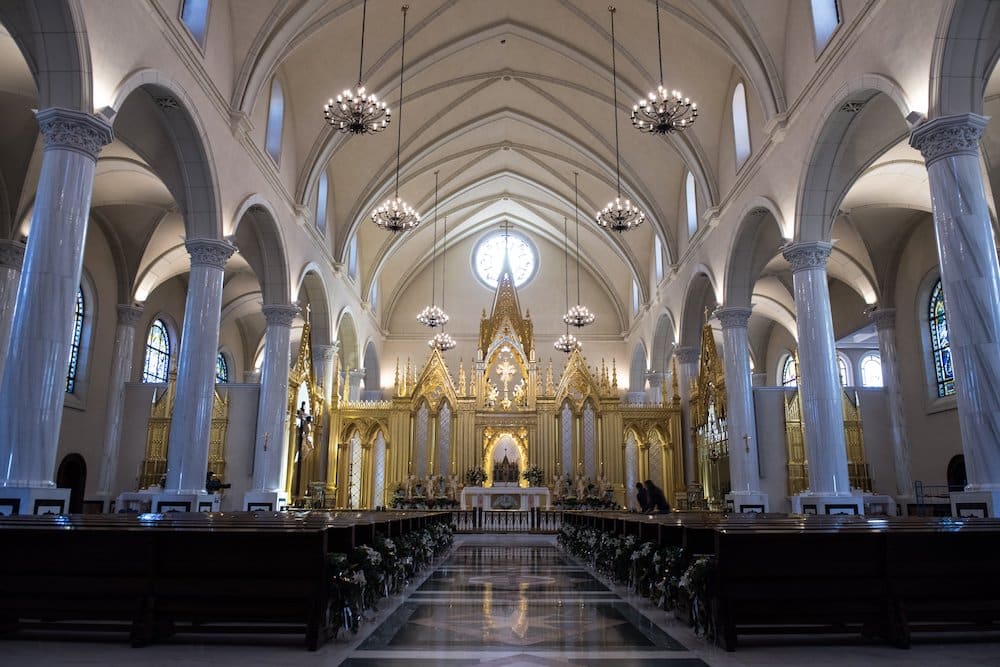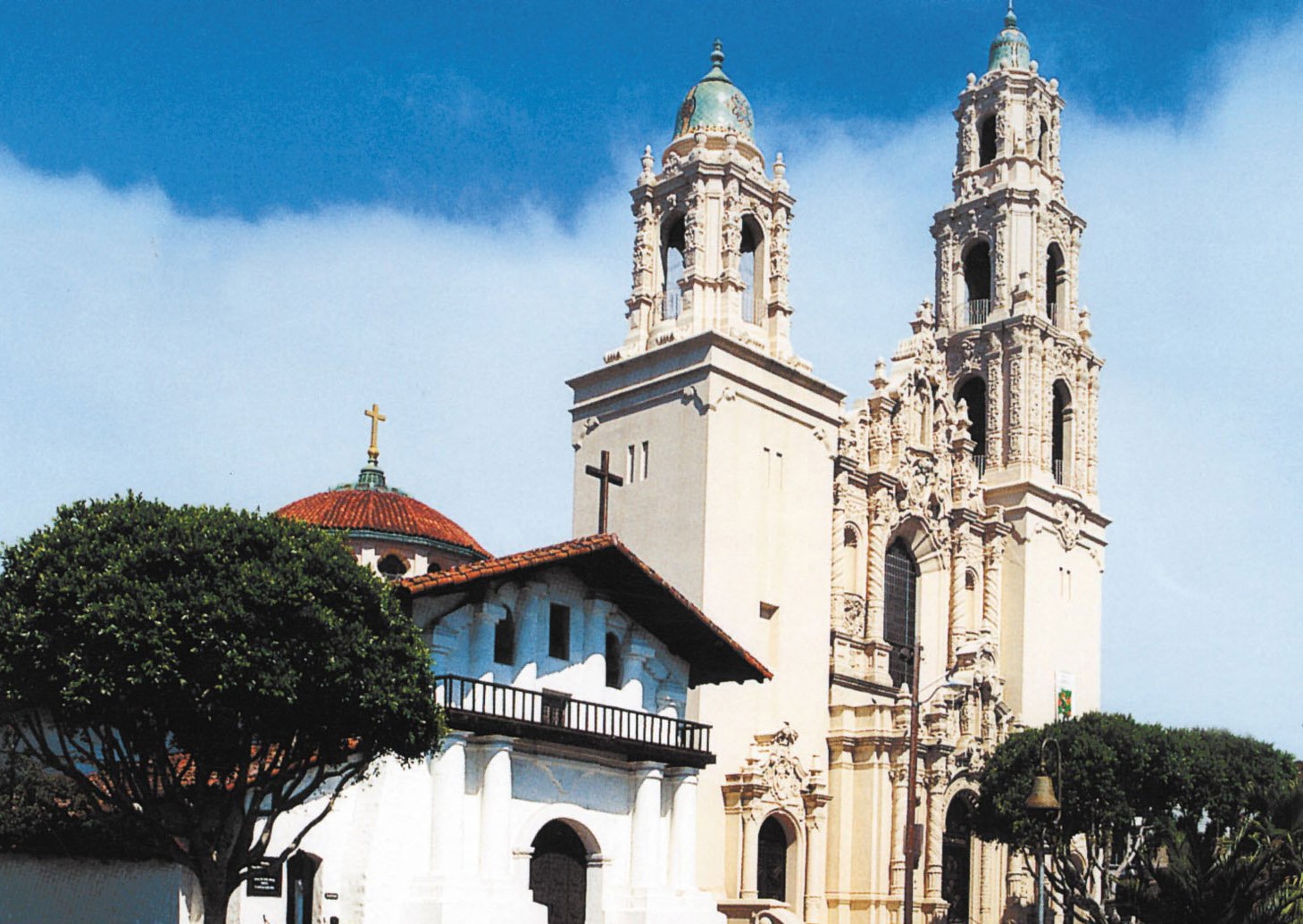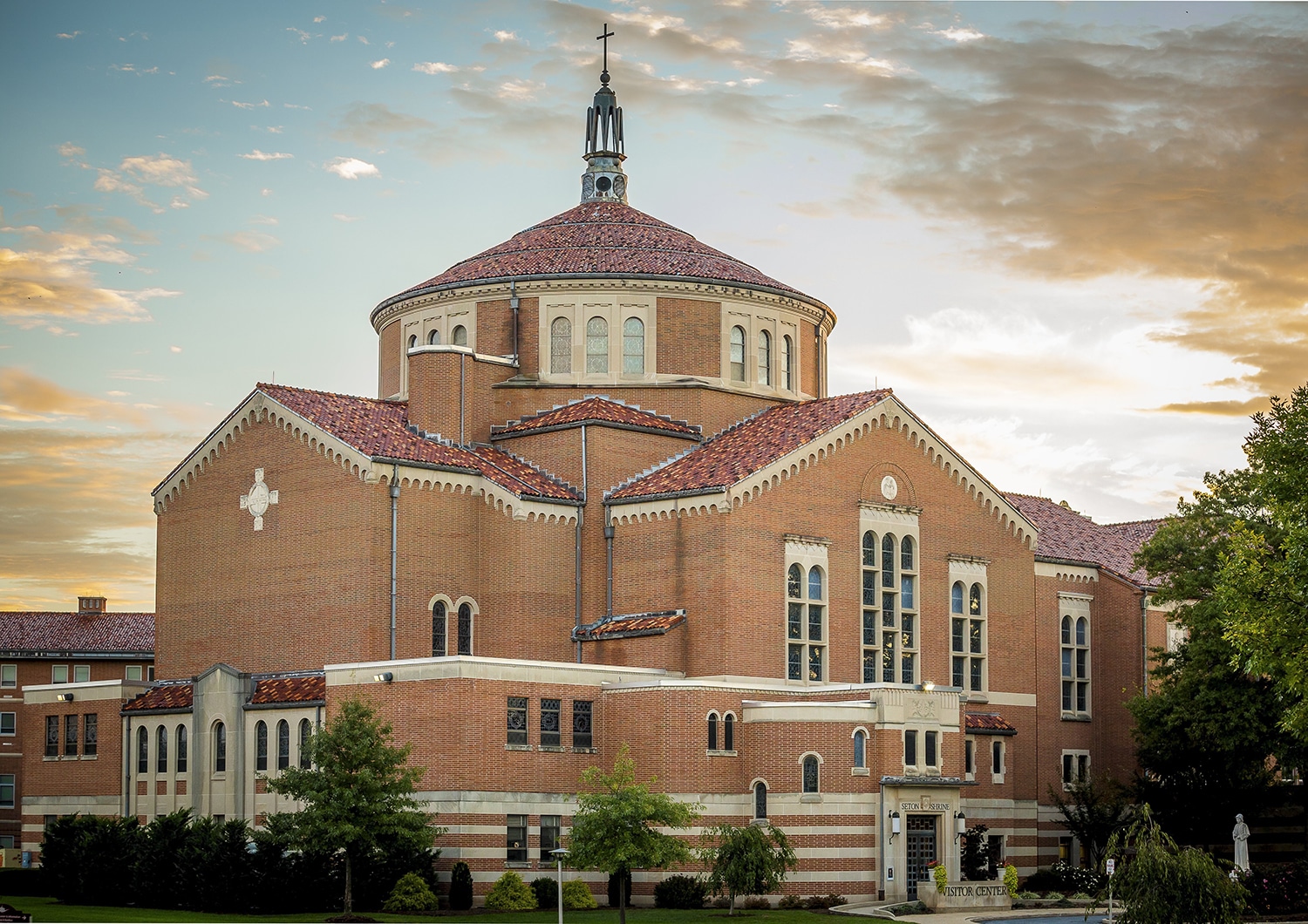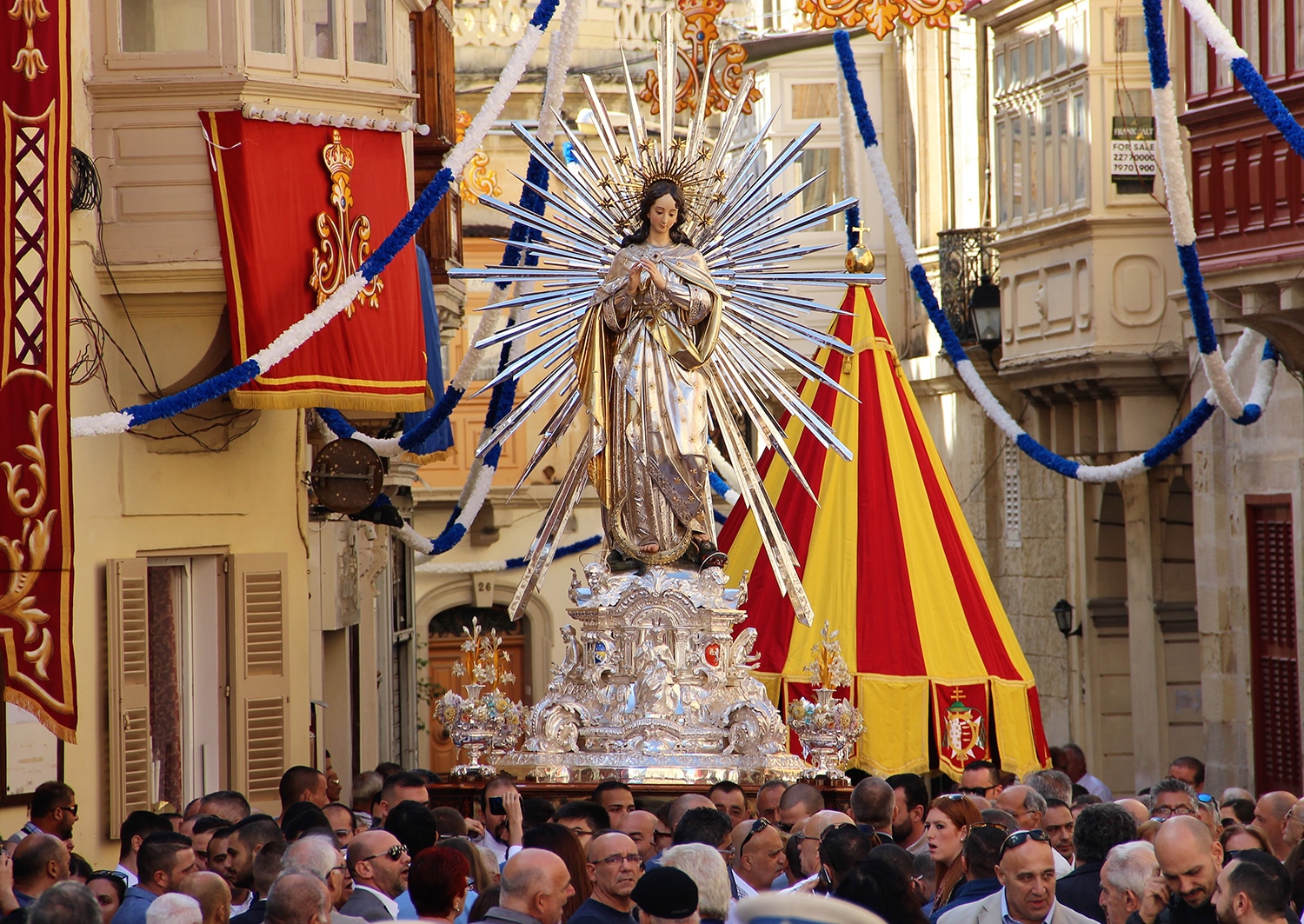(OSV News) — The Gulf Coast, Deep South and the Blue Ridge Mountains set the backdrop for the National Eucharistic Pilgrimage’s St. Juan Diego Route, which launches from the U.S.-Mexico border in Texas and goes through Louisiana, Mississippi, Alabama, Georgia, Tennessee, Kentucky and Indiana.
Beginning on Pentecost May 19, the Juan Diego Route is one of four National Pilgrimage Routes that will converge in Indianapolis ahead of the July 17-21 National Eucharistic Congress. The pilgrimage and the congress are part of the National Eucharistic Revival, a three-year initiative of the U.S. Conference of Catholic Bishops that launched in 2022.

The 1,900-mile route will be traveled by six perpetual pilgrims accompanied by chaplains from the Franciscan Friars of the Renewal, who will carry the Eucharist in a monstrance. While Catholics may join the pilgrims for legs of their journey, they are especially encouraged to join the route’s public events, which include Masses, all-night adoration and confessions, processions, talks, blessings, service events, picnics and social gatherings.
The route itself is named for St. Juan Diego, whom Mary appeared to in 1531 near present-day Mexico City and famously filled his tilma with roses and an image of herself that is still visible today. The following is a list of selected highlights from the pilgrimage’s Southern route. Find information for the full Diego Route here.

Our Lady of San Juan del Valle, San Juan, Texas
After launching May 19 from the Cathedral of the Immaculate Conception in Brownsville at a Mass celebrated by Bishop E. Daniel Flores of Brownsville, the pilgrimage journeys from that U.S.-Mexico border city westward to San Juan and its national shrine, the Basilica of Our Lady of San Juan del Valle, for Mass May 22. The shrine honors Our Lady of San Juan, a devotion to Mary that emerged in the 1600s in San Juan de los Lagos, Mexico, after a miraculous healing associated with an image of Mary.

Corpus Christi Cathedral, Corpus Christi, Texas
The pilgrimage continues along Texas’ Gulf Coast, reaching Corpus Christi Cathedral May 26, for Mass and a mile-long procession. According to legend, the city was named for the “body of Christ” in 1519 when a Spanish explorer discovered its lush bay on the feast of Corpus Christi. From there, the pilgrims will continue through the Diocese of VIctoria and Archdiocese of Galveston-Houston.
Blessed Carlo Acutis Chapel, Beaumont, Texas
On June 2, the pilgrims stop at Christ Central Camp and its Blessed Carlo Actis Chapel in the Diocese of Beaumont for talks, testimony and Eucharistic adoration with Bishop David L. Toups of Beaumont. Blessed Carlo, the namesake for the diocesan summer camp’s chapel, died in 2006 at age 15. He was known for his deep love of the Eucharist, and the U.S. bishops named the teenager an intercessor for the National Eucharistic Revival.
St. Louis Cathedral, New Orleans
The pilgrims continue east into Louisiana and through the dioceses of Lake Charles, Lafayette, Houma-Thibodaux and Baton Rouge, into the Archdiocese of New Orleans. They stop June 9 at the Cathedral-Basilica of St. Louis King of France for Mass with Archbishop Gregory M. Aymond and a procession in New Orleans’ French Quarter. Catholics have worshipped on the cathedral site since 1727, with the current church erected in 1794 and reconstructed in the mid-1800s. The cathedral’s namesake, St. Louis IX of France, was known to have ordered his day around Mass and prayer.

Shrine of the Most Blessed Sacrament, Alabama
The pilgrimage continues through the Diocese of Biloxi, Mississippi, where pilgrims will attend a blessing of the sea in Long Beach June 12. Passing through Alabama’s Archdiocese of Mobile into the Diocese of Birmingham, the pilgrims will spend June 20 at the Shrine of the Most Blessed Sacrament in Hanceville, Alabama, with Mass, confession, talks, a shrine tour, prayer with sisters from Our Lady of the Angels Monastery and a Eucharistic procession from the grotto to the main church. Under the leadership of Mother Angelica, founder of the Eternal Word Television Network, and her sisters, the Shrine of the Most Blessed Sacrament and adjacent monastery were completed in 1999. The shrine chapel contains an 8-foot-tall monstrance for perpetual adoration.

Abbey of Gethsemani, Trappist, Kentucky
The pilgrimage continues through the Archdiocese of Atlanta and the dioceses of Knoxville, Nashville and Owensboro, Tennessee, before entering the Archdiocese of Louisville. On July 4, the pilgrims will process to the Abbey of Gethsemani, for prayer, Mass and lunch. Founded by Trappist monks from France in 1848, the monastery was also home to American monk, mystic and writer Thomas Merton. Trappist monks — formally called Cistercians of the Strict Observance — are contemplative monks who follow the Rule of St. Benedict and generally maintain silence throughout their day. After leaving the abbey, the pilgrims continue into the Archdiocese of Indianapolis, Indiana, converging with pilgrims with the other three routes ahead of the National Eucharistic Congress.







